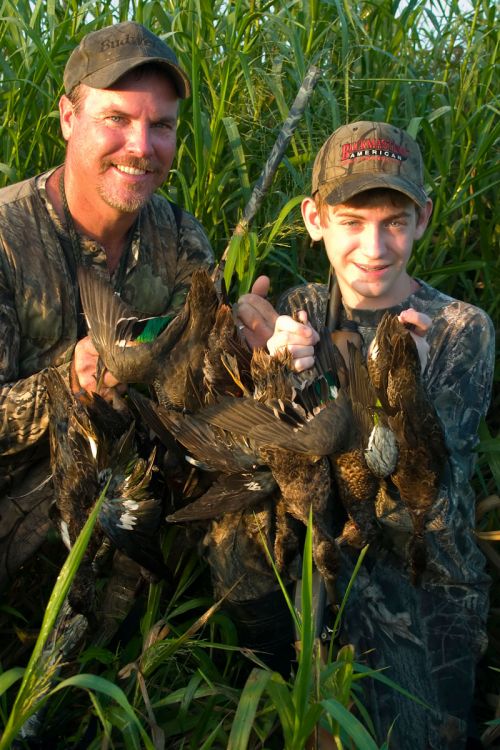September is a time of high tides and flooded marshes, but that doesn’t mean you should stay home when teal season opens. Instead, follow these tips to fill your strap every trip.
As the remnants of tropical storm Isadore raced eastward, I hastily gathered my gear in a last-ditch effort to salvage what was left of the teal season, which was quickly being snatched away from me.
I was determined not to sit out the remaining few days of the season.
I had no idea what would await me as I journeyed into a marsh that had just been thrashed by a tropical storm. The prospects of success were bleak, but I was compelled to give it a try.
The morning dawned with steel-gray skies and a stiff northwest wind. Not wanting to risk running the boat in the dark, I waited until first light to begin my trek.
The first glimpse of the dimly lighted landscape was daunting. High water still covered the marsh; only the tops of mung bushes and tips of broken marsh grass separated what was land from water, making navigation nearly impossible.
Nothing looked familiar. I began to doubt my decision.
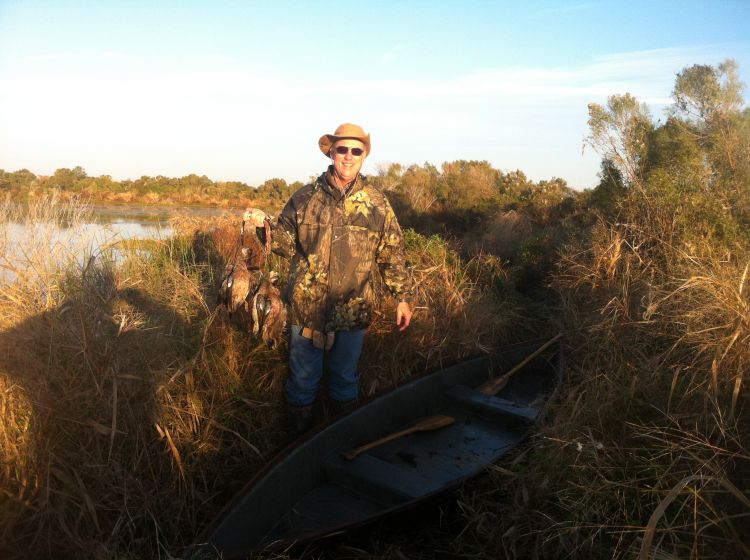
Just when I was about to give up, I was startled by a familiar sound: the unmistakable whistling of a squadron of teal that nearly flew between me and my buddy in the front of the mudboat.
The sky was suddenly buzzing with teal that must have just arrived on the northwest wind.
The pond we planned to hunt was indistinguishable from the sea of open water, but in the distance we saw a thickly vegetated section of flooded marsh from which teal were lifting.
As our boat approached the area, we realized the only cover available was a clump of bushes standing a little higher than the surrounding marsh. We decided to hunt out of the boat, using those bushes to break up our profile.
While motoring in and tossing out a dozen of teal decoys, we noticed this flooded marsh was filled with floating seeds that had been ripped off of the native grasses by the high winds. Apparently, the teal had zeroed in on one of the few food sources remaining after the storm.
In our excitement, we ripped our guns from their cases and jammed in shells. We popped our heads up to see the spectacle of teal buzzing in all directions like bees.
The action was fast, and in spite of poor shooting from a rocking mudboat, we took a quick limit of high-tide teal during that memorable 1996 trip.
The September teal season falls during the time of the year when tides are almost always above normal due to steady east winds and tropical systems.
Many teal hunters see this as a curse and commonly complain, “When the water is high, the teal can land anywhere they want. It’s a waste of time going!”
While this is a commonly held belief, the opposite can be true.
Teal are shallow water feeders and prefer seeds over submergent vegetation. High water in the marsh puts much of the food teal like out of reach.
And that concentrates them in shallow, flooded areas where they can feed on floating seeds. Hunters who find these areas normally have great teal hunts despite high tides.
And two hunters who earned their stripes duck hunting in the Southeast Louisiana marshes since their childhood and who have taken their share of teal during high tide periods agreed to share their strategies.
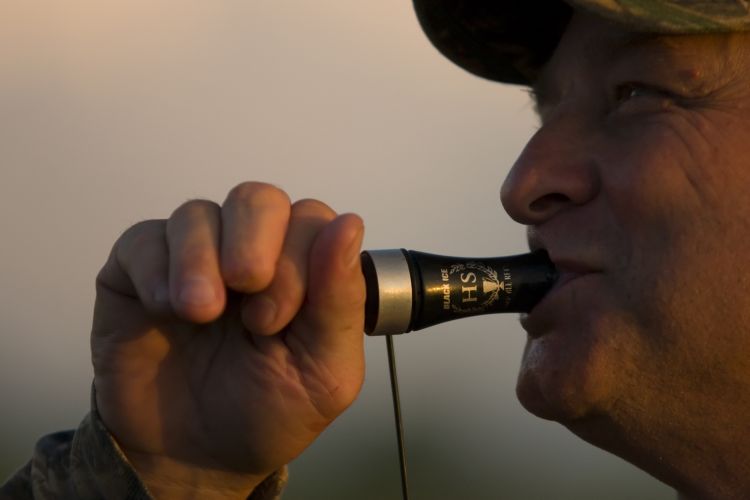
Here are their keys to success when the water is sky high:
Find the right location
Scott Dennis hunts mostly in the Delacroix area and operates Fanny’s Family Guide Service (504-442-0290), and he said upping your odds of limiting out on teal is all about where you set up.
“When hunting teal in marshes flooded by high tides, it is important to get back in the marsh where the teal want to be,” Dennis said. “We use our pirogues to get on the edge of that location.”
Once in the right spot, he said it’s a matter of making the best of the situation.
“If there is not enough cover because the water is too deep, you will need to bring in some with you,” Dennis said. “For those who want to hunt out of permanent blinds, put a few decoys in the pond, and then put most of your decoys behind the blind in the flooded marsh.
“Just hunt what is normally the back side of the blind.”
Todd Fitzmorris, hunts the Biloxi Marsh and Venice. And he said he spends a lot of time scouting the areas he hunts to narrow down the high-water possibilities.
“Scouting a week before the season opens pays off,” said Fiztmorris, who goes by “Coot” when posting on the LouisianaSportsman.com forum. “Don’t be discouraged if you do not see many teal when scouting: These birds often show up overnight with the slightest north wind or during the full moon stage in September.”
So what’s he looking for?
“I have found that when the water is sky high, the teal tend to congregate in the thickest vegetation possible,” Fitzmorris explained. “Oftentimes when I am scouting, I will jump up groups of teal in areas that look like they are getting up from solid ground.
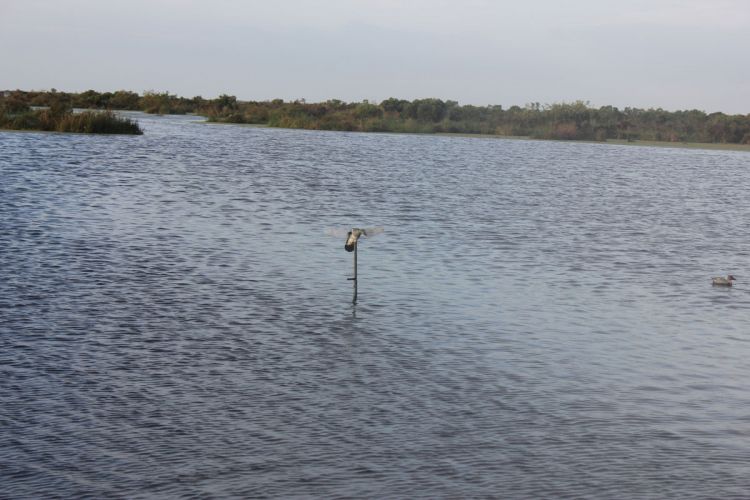
“My best success for teal with high water is to hunt in the thick vegetation if I can find enough water to set out the decoys. You do not need much open water — an opening measuring about 25 yards in radius is enough.”
Be mobile
High tides allow hunters to access areas that are difficult to reach under normal conditions. So most successful teal hunters abandon permanent blinds and opt for mobility by hunting from their mudboats or pirogues.
When tides are high, finding solid ground can be a challenge, so hunting from the boat is a logical choice.
Concealment is not particularly important with early season teal, which typically fly low and respond well to decoys. A pop-up boat blind or bringing in some roseau cane or mung bushes to break up the outline of the boat is normally all that is needed.
Being in the right place is far more important than being well-hidden during teal season.
Decoys and calling
Once hunters find a good location, decoys help get teal to drop in within easy gunning range, and a little calling can add the finishing touch.
Dennis has a preference in what blocks to include in his spreads.
“As far as decoys, I use all of my female teal decoys,” he explained. “Hen mallard and gadwall decoys also work well during this time of the year.”
Fitzmorris takes a different approach.
“I do not use teal decoys, as teal will decoy to any duck decoys,” he said. “I believe in using full-sized gadwall or mallard decoys, as I feel the teal can see the larger decoys from a farther distance than using teal decoys.”
And he keeps the number of decoys to a minimum.
“You don’t need many decoys,” Fitzmorris said. “A dozen decoys are plenty, and a Robo Duck helps, too, although I do not like using Robo Ducks during the big duck season.
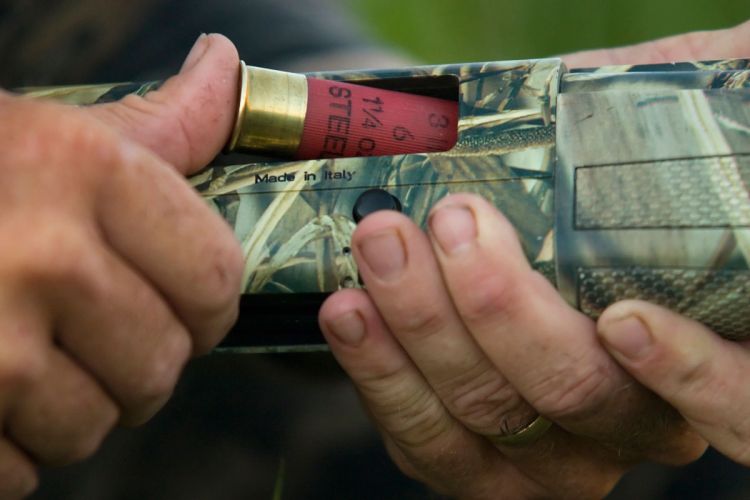
“Besides, most of the time teal will just buzz the decoys, so be ready and pay attention, as you may only have one chance to get a shot in on these little rockets.”
That said, spinning-wing decoys can give hunters an edge by providing some movement during still September days.
Dennis said also he keeps his calling pretty straightforward.
“I use the Duck Commander teal call for most of my calling,” Dennis said. “It also doesn’t hurt to make some mallard hen and drake calls, as these are identical to the mottled duck’s sounds and they are found in the same areas as teal during teal season.”
However, teal normally do not respond as well to calling as more-vocal ducks. That said, a short quack or insistent whistle can turn them your way.
Shooting tips
Anyone who hunts teal knows that hitting them can be a frustrating experience. The off-season layoff combined with the birds’ erratic, aerodynamic flight can leave many hunters shaking their heads in disbelief.
Dennis shared his tips for overcoming these difficulties.
“Don’t be so quick to shoot on their first pass,” he explained. “Let them make a turn or two and take them when they commit to landing.”
He also turns to lighter weaponry.
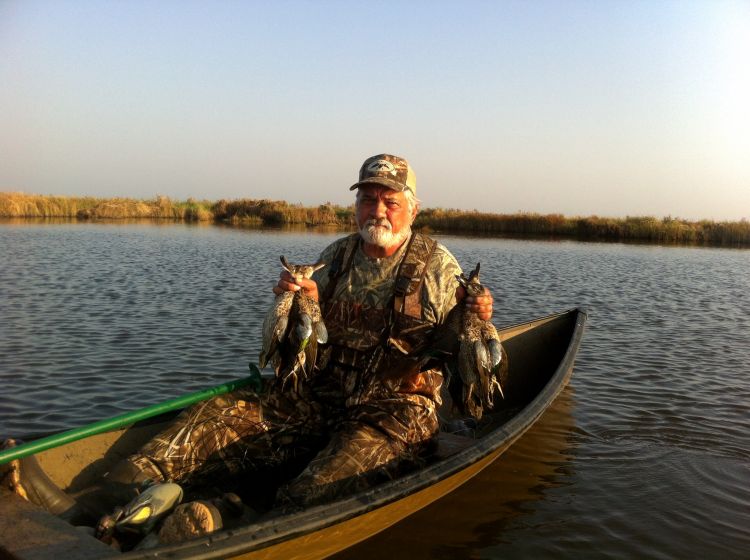
“I like to step down and use my 20 gauge during teal season, and I find that the light steel dove loads are very adequate for killing teal, if you let them come in close,” Dennis said.
Many teal hunters prefer fast, light loads, using shot sizes such as 6, 7, and 8 to enable them to shorten leads on these erratic flyers.
Safety considerations
After nearly an eight-month layoff, it is important for teal hunters to make sure all of their equipment is in good working order.
Hunters should run their boats before opening day, and make sure all lights, safety lanyards and safety equipment are working.
And be sure to wear a PDF while underway.
Also, September is a time when many dangerous critters are still active in the marsh, so be careful because snakes, alligators, hornets, wasps and mosquitoes could be waiting for you.
Hunters with dogs should be especially careful if they are hunting in areas with alligators; swimming dogs are easy targets for hungry gators.
Quickly retrieving downed teal is also a good idea to prevent alligators from having them for breakfast.
